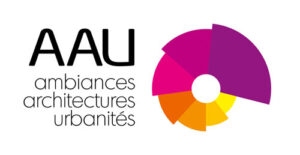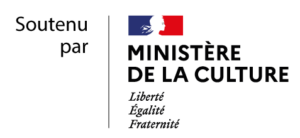Florian Lebreton, Sociologist and associated researcher at "Laboratoire d’Anthropologie et de Sociologie (LAS-LARES)", Université Européenne de Bretagne, Rennes, France
In the relationship the city has with its environment, the issue of physical practices, physical and / or sports shows us that the setting in motion of bodies can be a way to act in both the city and the heart of urban public space. For this reason, the notion of atmosphere can also be illuminated from an analysis of urban, or rather urbanities, because the atmosphere showcases a number of sensitivities. Remember, after Pascal Amphoux that atmosphere is « indescribable », but rather refers to the dimensions of sensitivity, alterity (human, material and space) and temporality. As part of my work, I study sports practices edutainment (Parkour, Street Golf, Caving urban, urban climbing, etc.) and the practitioners who invent a playful urbanity and new cultural forms produced by the logic of their decor. The sensitivity to space is up here. How to explain for instance that the tracer (the one who practices parkour) insists on « being able to jump from building [their] introduces the third dimension of this space [the] surrounding this space before [the] first jump [they] did not consider that as a meal? While sport sociologists agree that the changing nature of sports facilities, it is not by chance. Areas of practice are diversifying under the weight of the sensitive and environmental. Practices emerging edutainment sports (jumping stilts, parkour, dancing, climbing, golf, orienteering, etc.) are no longer packaged in specific facilities – in regard to urban sports – but open slowly to the « architectural atmosphere » that feeds the practitioners of an entire imaginary world of this possible. Here, for example, we can see, respectively, a caver, a golfer, a jumper and then a draw experience from a premise as the underground network, the street, the building or the square.
We perceive how the concept of environment can also be mobilized in sports science as it crystallizes the dimensions we say sensitive, but also time-marking the passage of representations to expressions – in edutainment appropriation of urban public space. In this work, the concept of atmosphere describes an urban plain (streets, buildings, parks, gardens, street furniture, etc.) but conducive to physical experiences: jumping from roof to roof, walk through the underground network of city, playing with the furniture, go architectures. The transformation of ordinary, impersonal, oppressive and sometimes repulsive requires a transposition of meaning –functionalist urbanism- example by building individual and / or a new atmosphere of collective or playful atmosphere. This movement of differentiation, proposing « an alternative to other approaches to the urban environment, » says one ludo-sensitive urban setting that is critical of what is there before our eyes. Thus, travel and strolling on sidewalks, benches, stairs, walls and retaining walls, roofs or other springboards « natural » give these activities a purpose of both aesthetic and energy. The objective is to develop efficient movement, functional and useful for individual development and its adaptation in the urban environment. The third purpose is so urban, meaning that the practitioner builds a discourse on the city exerted over public space, an athletic form of deliberation. The change of atmosphere – to use the analysis of V. Nahoum-Grappe – understood as a social experience of space and time, then, is the guiding principle behind these practitioners to invest the city of their body lines and dizzying.



